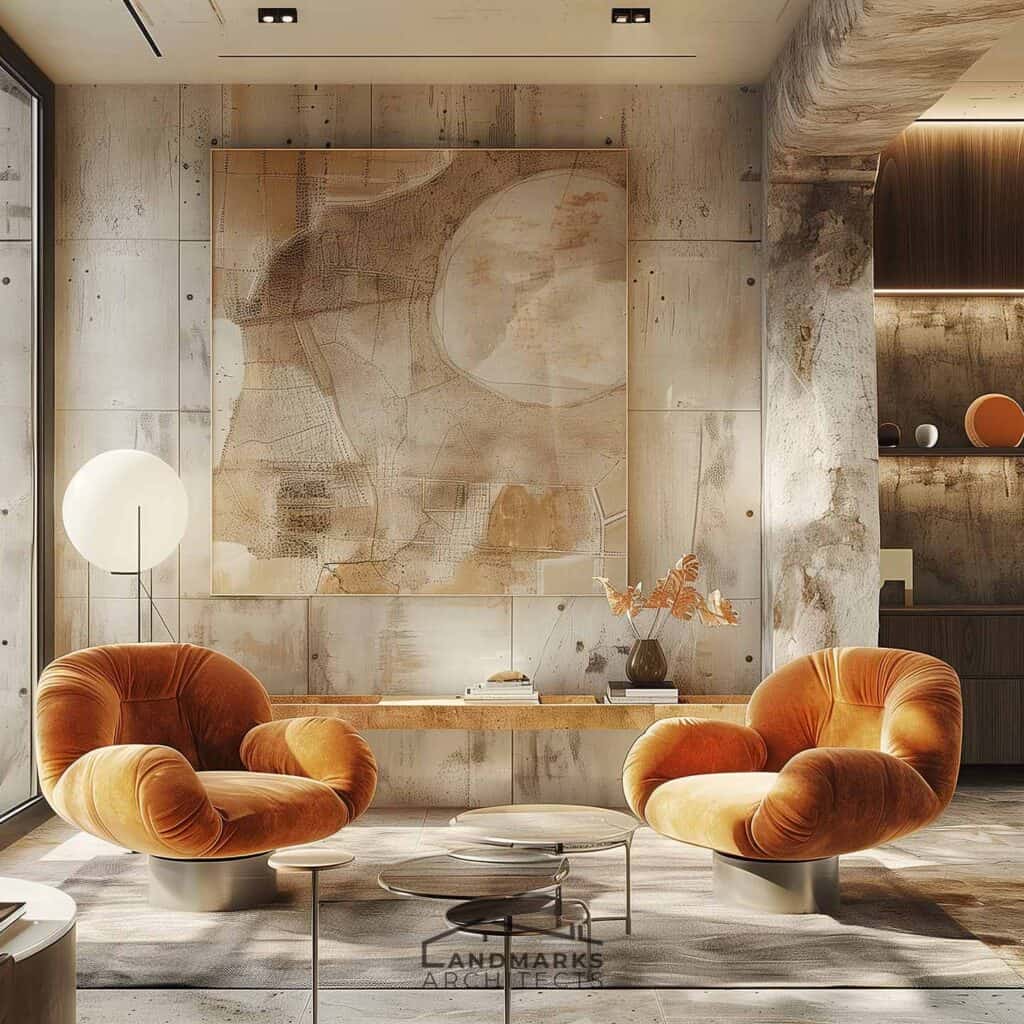
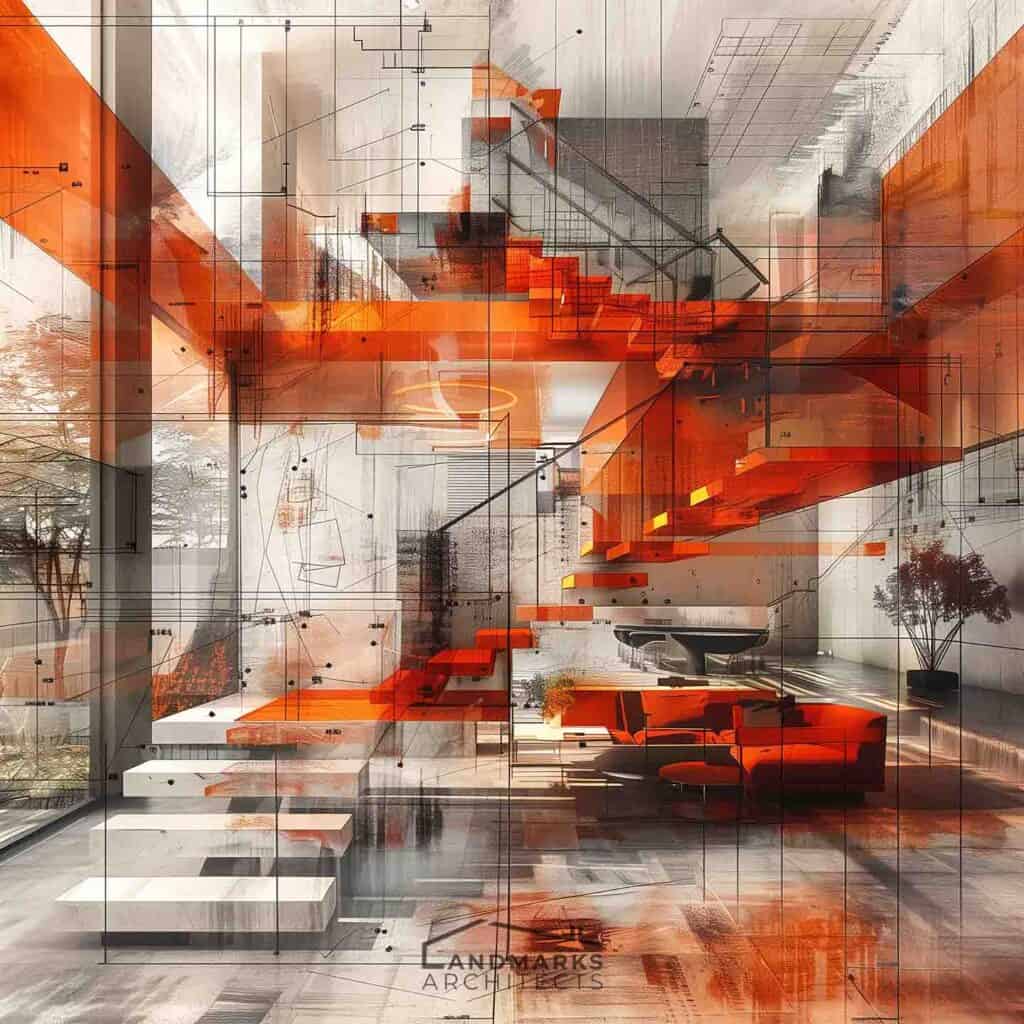
Welcome to our exploration of Concept Design in Interior Design. In this article, we plunge into the fundamental role of concept design as the foundation of every successful project. It serves not only as the catalyst for innovative ideas but also as the guiding force that navigates the intricate maze of spatial design and aesthetic expression.
Join us as we explore the fundamental principles and practices of concept design in interior design. From understanding the importance of conceptual thinking to exploring the elements that define interior spaces, we’ll investigate topics ranging from establishing a concept to translating it into tangible design elements. We’ll also address common challenges faced by designers and discuss strategies for effective collaboration and communication.
The Significance of Conceptual Thinking
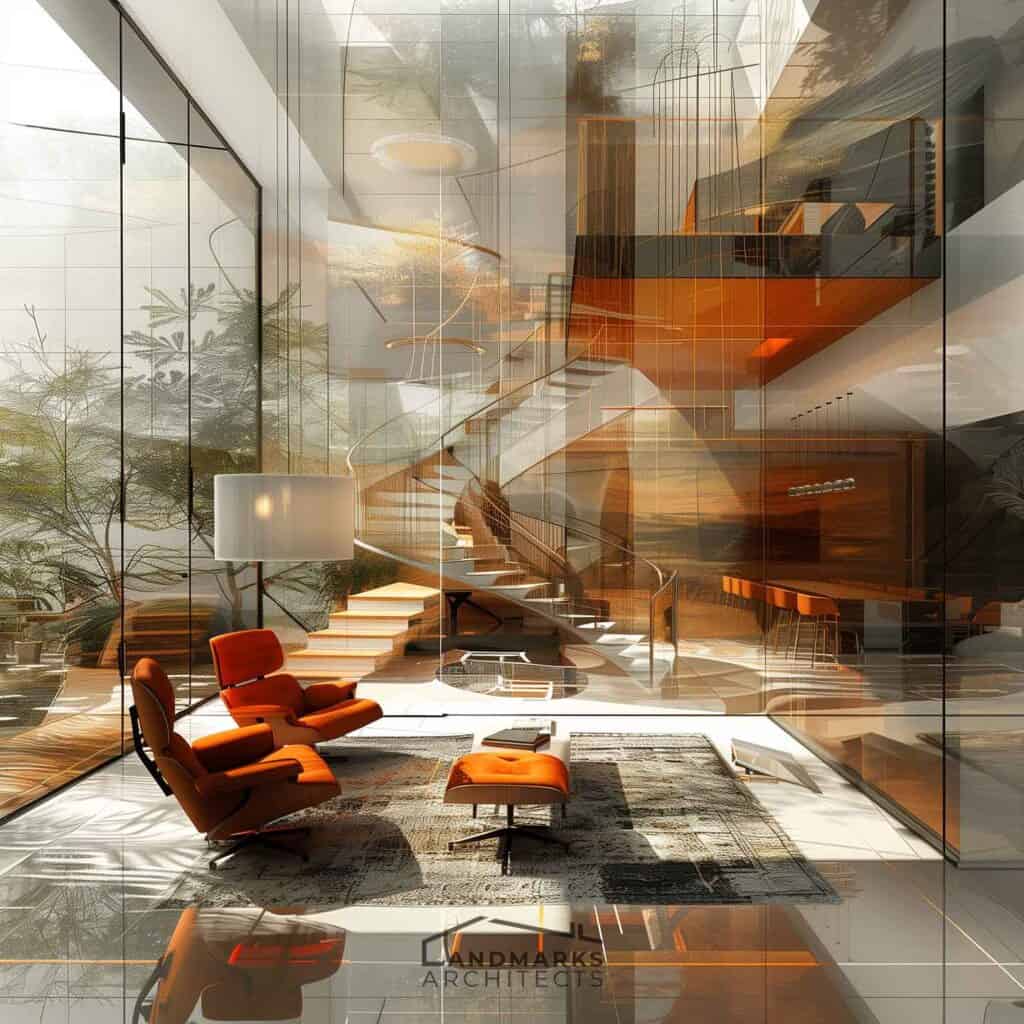
At the core of the interior design process lies conceptual thinking, driving every decision and action undertaken by a professional interior designer. It embodies the capacity to envision the final outcome long before a wall is built or a piece of furniture is chosen.
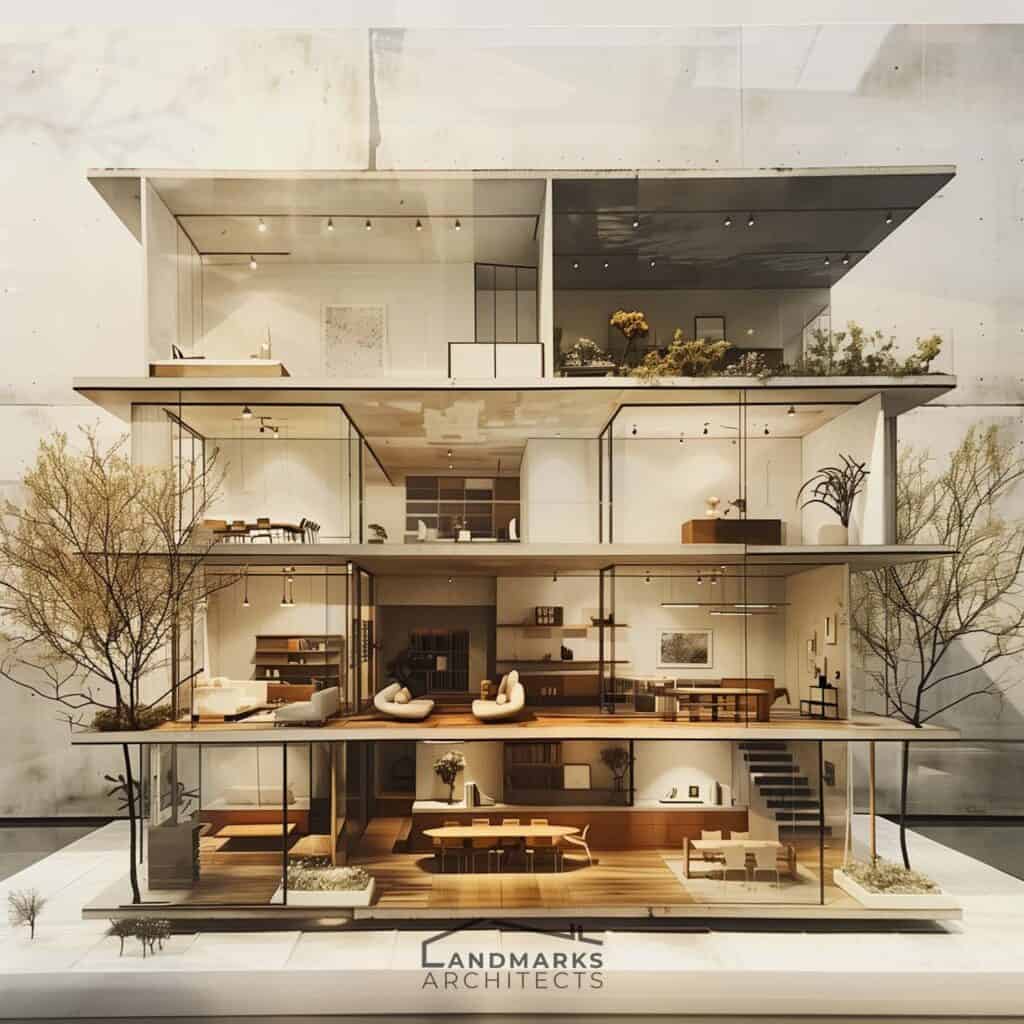
Through the establishment of a robust conceptual framework, designers attain a clear sense of purpose and direction, empowering them to confront challenges with innovation and foresight. Whether it’s maximizing space in a compact apartment or infusing a corporate office with a sense of warmth and hospitality, conceptual thinking serves as the compass that guides designers toward their ultimate goal. Embracing interior design concepts allows designers to surpass the purely functional aspects of their craft, creating engrossing experiences that deeply resonate with the human psyche.
Establishing a Concept

The process of interior design concept development commences with a comprehensive understanding of the client’s needs and project requirements. Professional interior designers explore their preferences, lifestyles, and aspirations to glean valuable insights that form the foundation for an interior design concept. Drawing inspiration from various sources such as nature, art, and culture, these interior designers commence on an exploratory expedition, meticulously seeking out elements that align with the envisioned narrative.
The interior design concept statement emerges as the distilled essence of these inspirations, serving as a roadmap for realizing the design vision. Through meticulous research and thoughtful analysis, interior designers translate abstract ideas into tangible concepts that captivate the imagination and evoke a sense of awe.
Understanding the Elements of Interior Architecture
1. Harmony
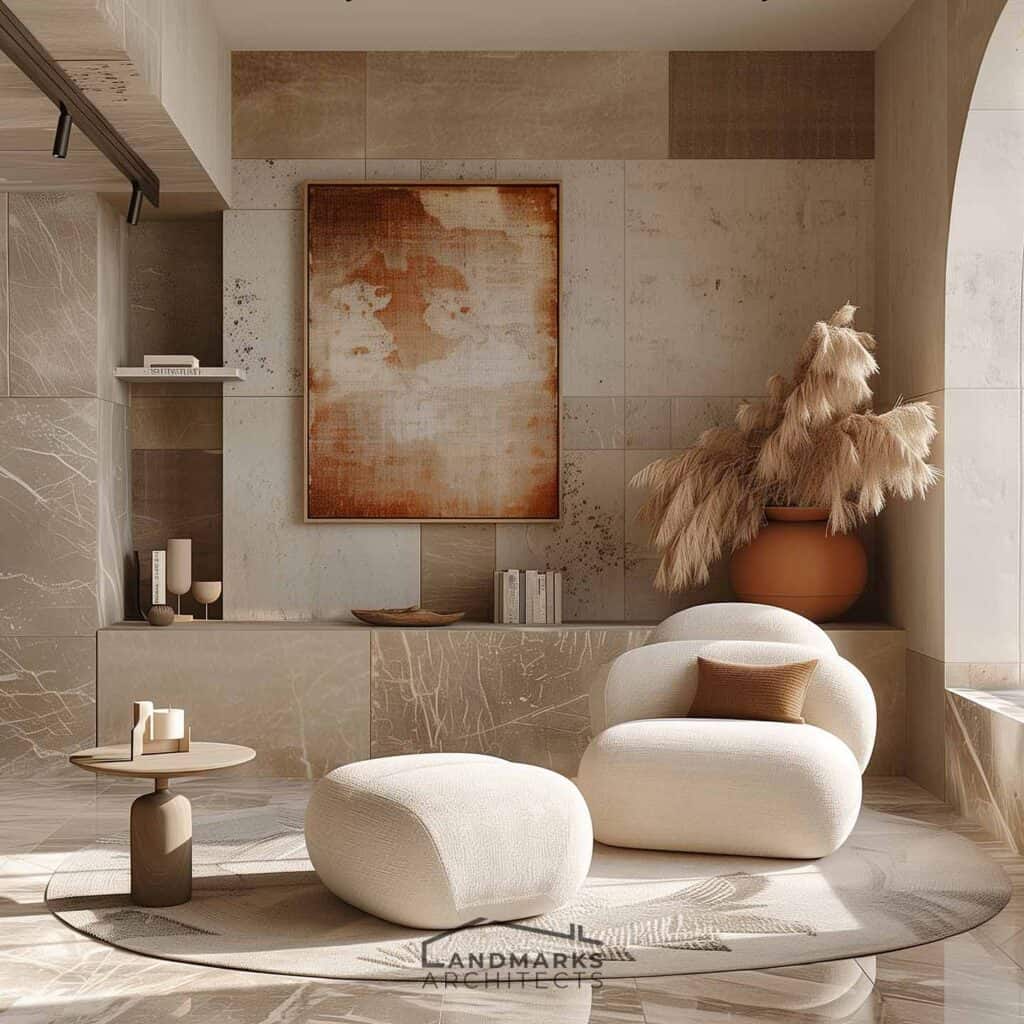
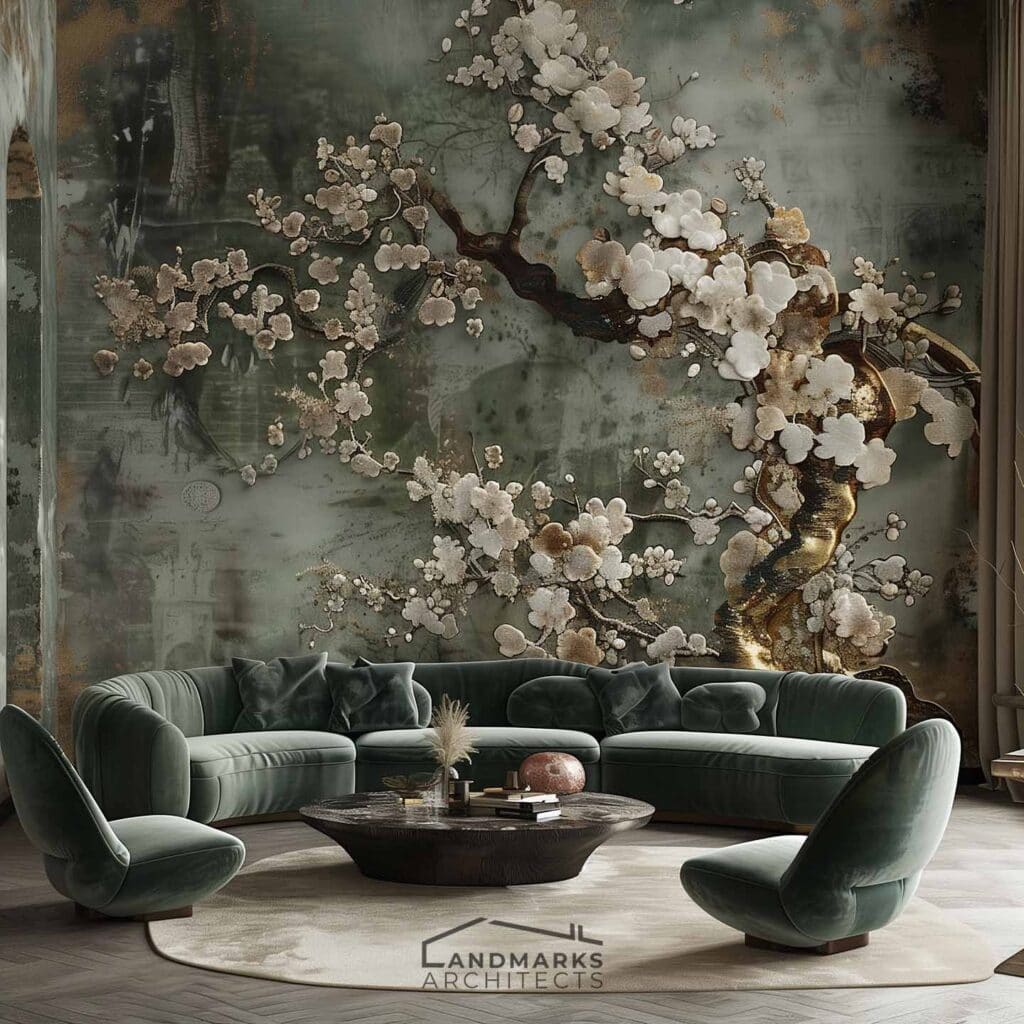
Harmony is the symphony of design elements working in perfect unison to create a cohesive whole. By carefully orchestrating color palettes, textures, and forms, interior designers evoke a sense of balance and unity that permeates the space, inviting occupants to immerse themselves in its embrace. Through skillful application, designers create environments that soothe the soul and uplift the spirit, fostering a sense of tranquility and well-being.
2. Rhythm
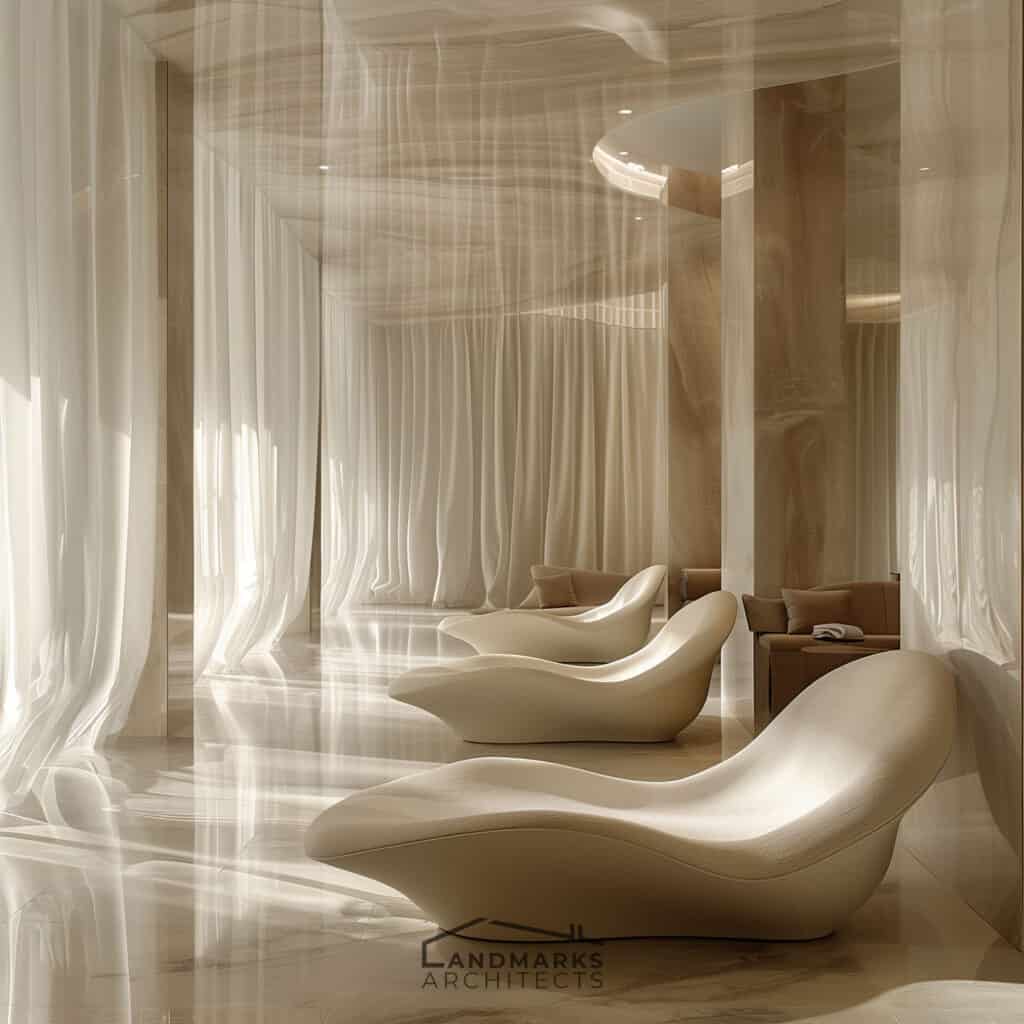
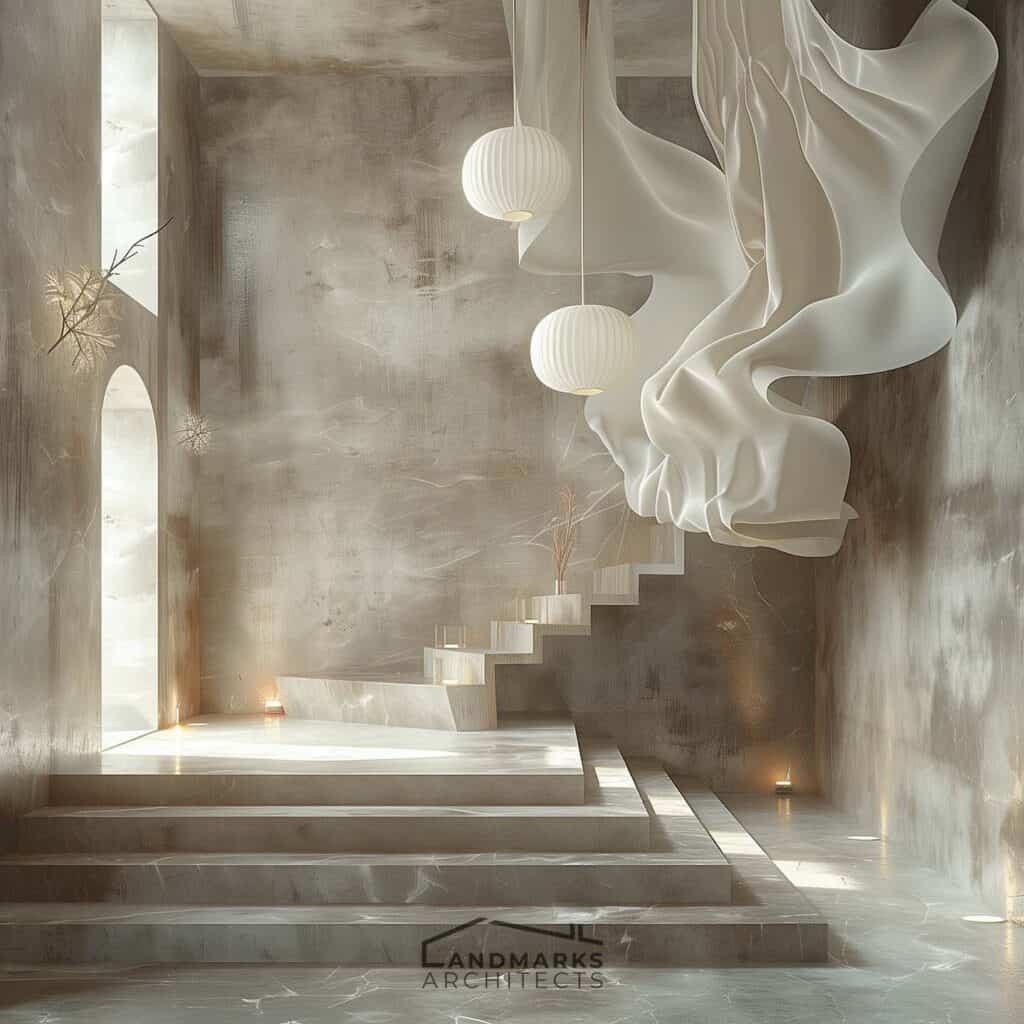
Rhythm infuses a space with a sense of movement and vitality, guiding the eye along a visual exploration of discovery. Through repetition and progression, interior designers establish a rhythmic cadence that animates the environment, imbuing it with a dynamic energy that captivates the senses. Whether it’s the gentle undulation of a flowing curtain or the rhythmic pattern of a tiled floor, rhythm adds depth and dimension to the space, creating a sense of harmony and balance.
3. Focal Point
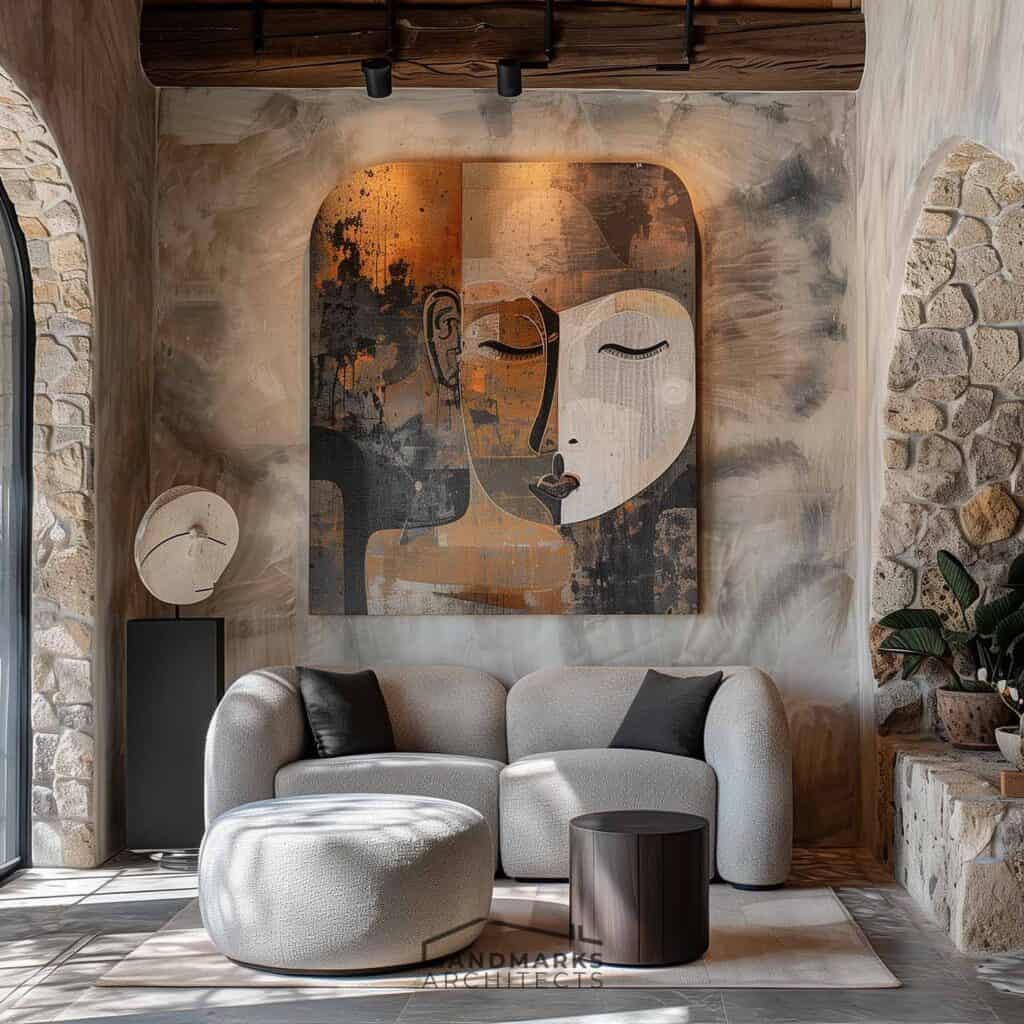
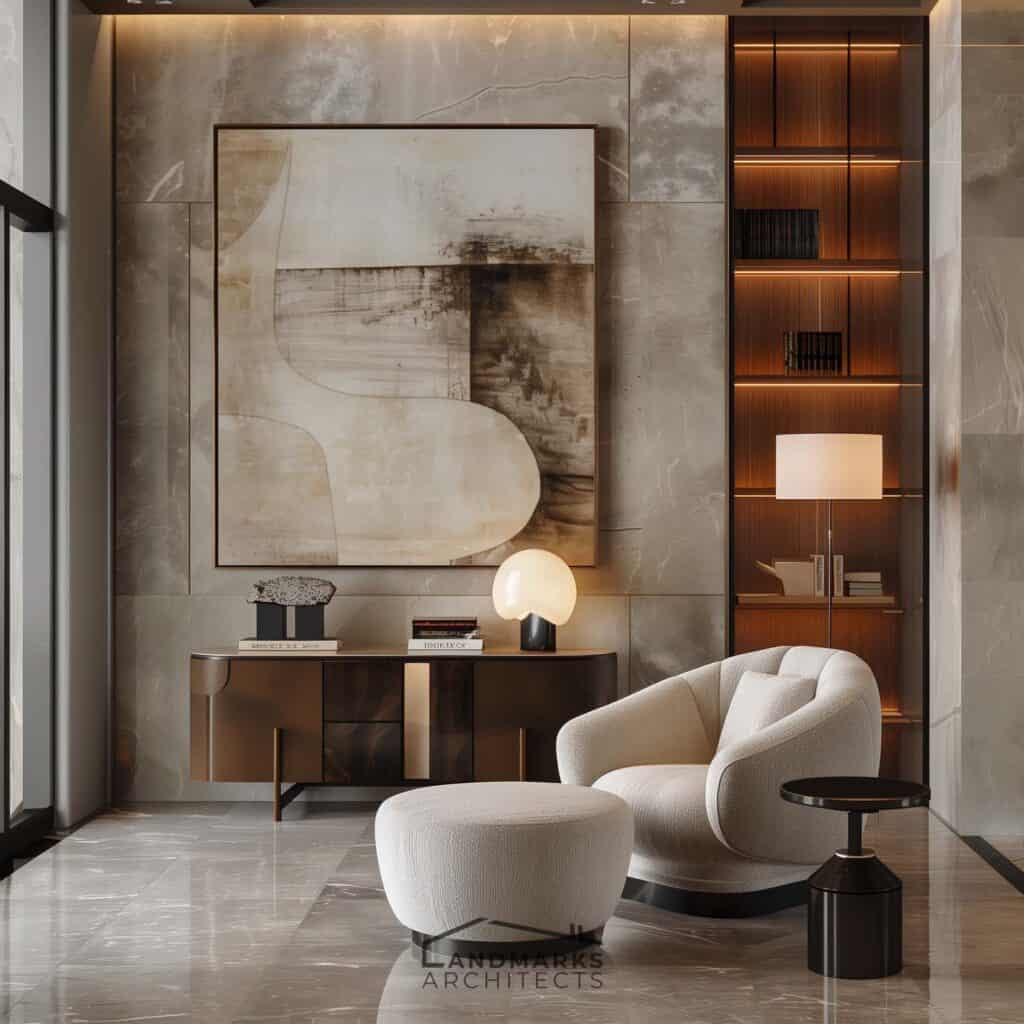
The focal point serves as the anchor of the design, drawing attention and commanding presence within the space. Whether it’s a striking architectural feature or a carefully curated art piece, designers employ various techniques to ensure that the focal point takes center stage, enchanting the imagination and instilling a sense of wonder. By establishing a focal point, interior designers craft a visual hierarchy that guides the viewer’s gaze and evokes a sense of drama and intrigue.
4. Balance

At the core of compelling interior design concepts lies the principle of balance. This foundational concept seamlessly blends varied elements, fostering a feeling of stability and harmony within a space. Whether achieved through symmetrical compositions, asymmetrical arrangements, or radial symmetry, designers strive to strike the perfect balance that resonates with the occupants on a visceral level. Through the careful juxtaposition of contrasting elements, designers create spaces that feel both dynamic and harmonious, inviting occupants to explore and engage with their surroundings.
5. Proportion and Scale

Proportion and scale dictate the spatial relationships within a design, ensuring that each element relates harmoniously to the whole. By understanding the principles of proportion and scale, designers create environments that feel both intimate and expansive, inviting occupants to engage with their surroundings on a human scale. Whether it’s the soaring heights of a cathedral ceiling or the cozy intimacy of a snug alcove, proportion, and scale play a vital role in shaping the spatial experience and evoking an emotional response.
Translating Concept into Design Elements
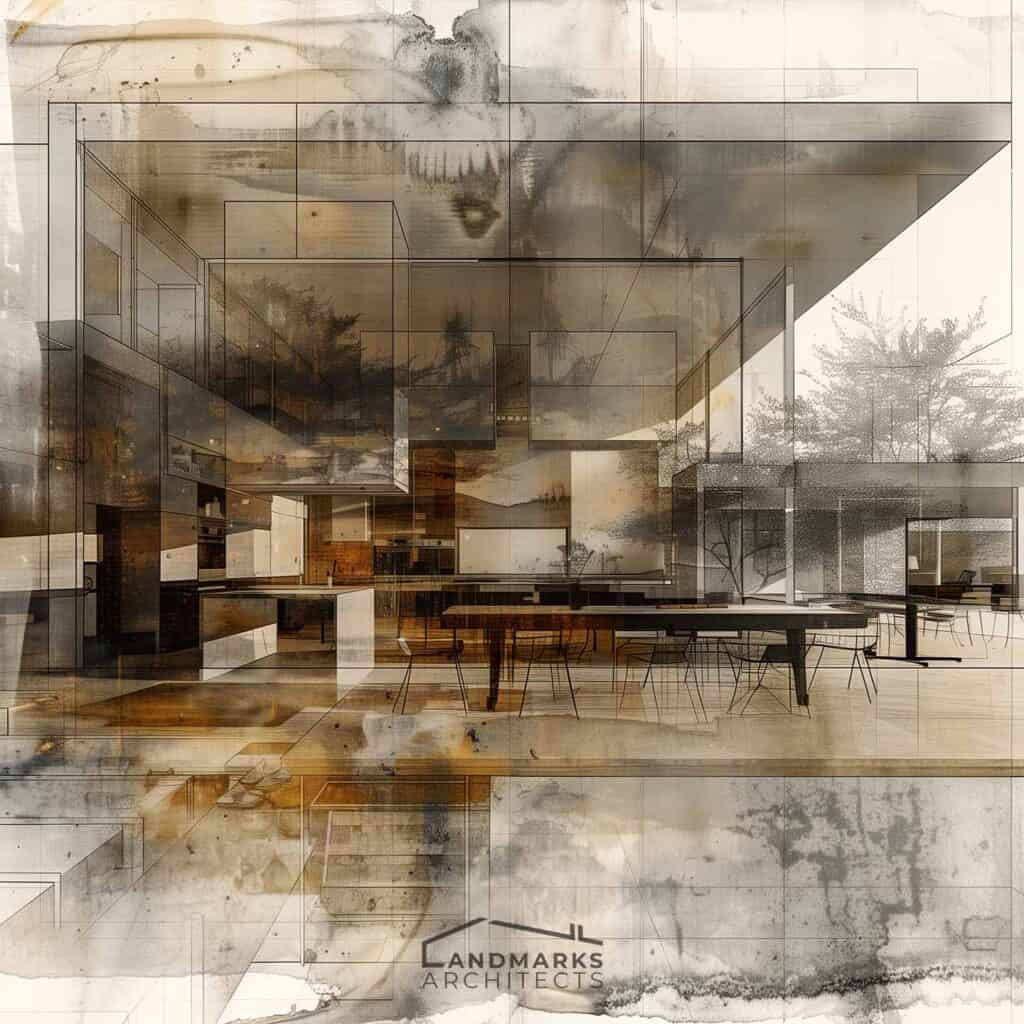
With the conceptual framework firmly in place, designers set out to translate their vision into tangible design elements. From the spatial layout and flow to the selection of materials and finishes, every decision is informed by the underlying concept, ensuring a seamless integration of form and function. Through careful consideration of every detail, from the placement of windows to the choice of door handles, designers create environments that are not only visually stunning but also highly functional and user-friendly. By marrying aesthetics with functionality, designers transform spaces into living works of art that inspire, uplift, and enrich the lives of all who inhabit them.
Challenges and Strategies

Despite the best-laid plans, concept design is not without its challenges. From reconciling conflicting preferences to navigating evolving project requirements, interior architects must constantly adapt and innovate to overcome obstacles and realize their vision. By fostering open communication and embracing a spirit of collaboration, designers can leverage their collective expertise to overcome challenges and achieve excellence in every project. Through thoughtful planning and proactive problem-solving, designers transform challenges into opportunities, turning constraints into catalysts for creativity and innovation.
Collaboration and Communication

Efficient teamwork forms the cornerstone of crafting compelling interior design styles, serving as the vital link connecting designers, architects, and clients. Cultivating an environment of transparent communication and mutual regard enables stakeholders to harmonize their ideas and ambitions, guaranteeing that the ultimate design mirrors the combined contributions of all participants.
Through consistent gatherings, pitches, and interactive sessions, designers actively involve clients and stakeholders throughout each phase of the design, actively seeking input and integrating recommendations to achieve outcomes surpassing initial visions. By nurturing robust bonds founded on trust and openness, designers establish a culture of mutual esteem and cooperation, nurturing an environment conducive to ingenuity and advancement.
Future Trends in Concept Design
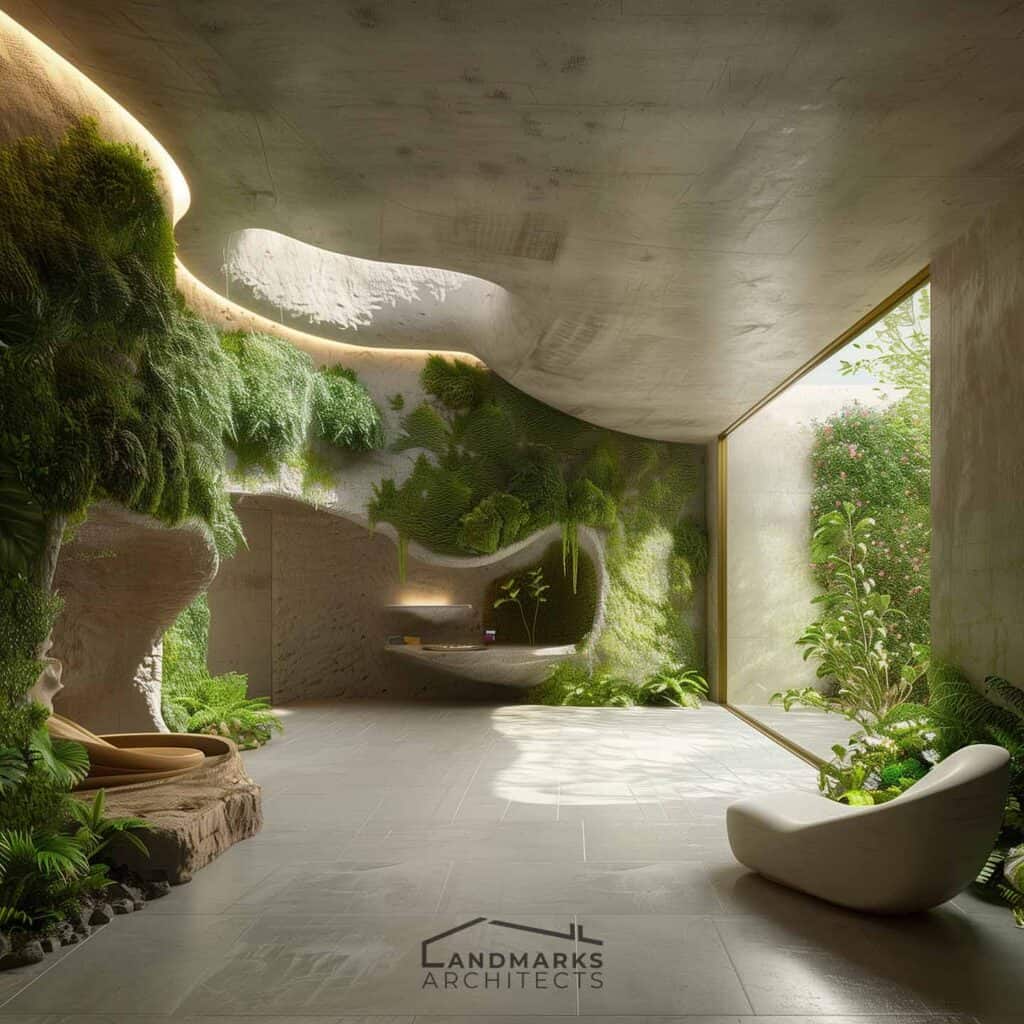
Looking ahead, the future of interior design is set to be influenced by various trends in concept development. From the integration of sustainable design principles to the embrace of technology and digital tools, designers are increasingly leveraging innovation to create spaces that are not only visually stunning but also environmentally conscious and technologically advanced. By incorporating biophilic design elements such as living walls and natural materials, designers create environments that promote health and well-being, fostering a connection to nature that enhances the overall user experience.
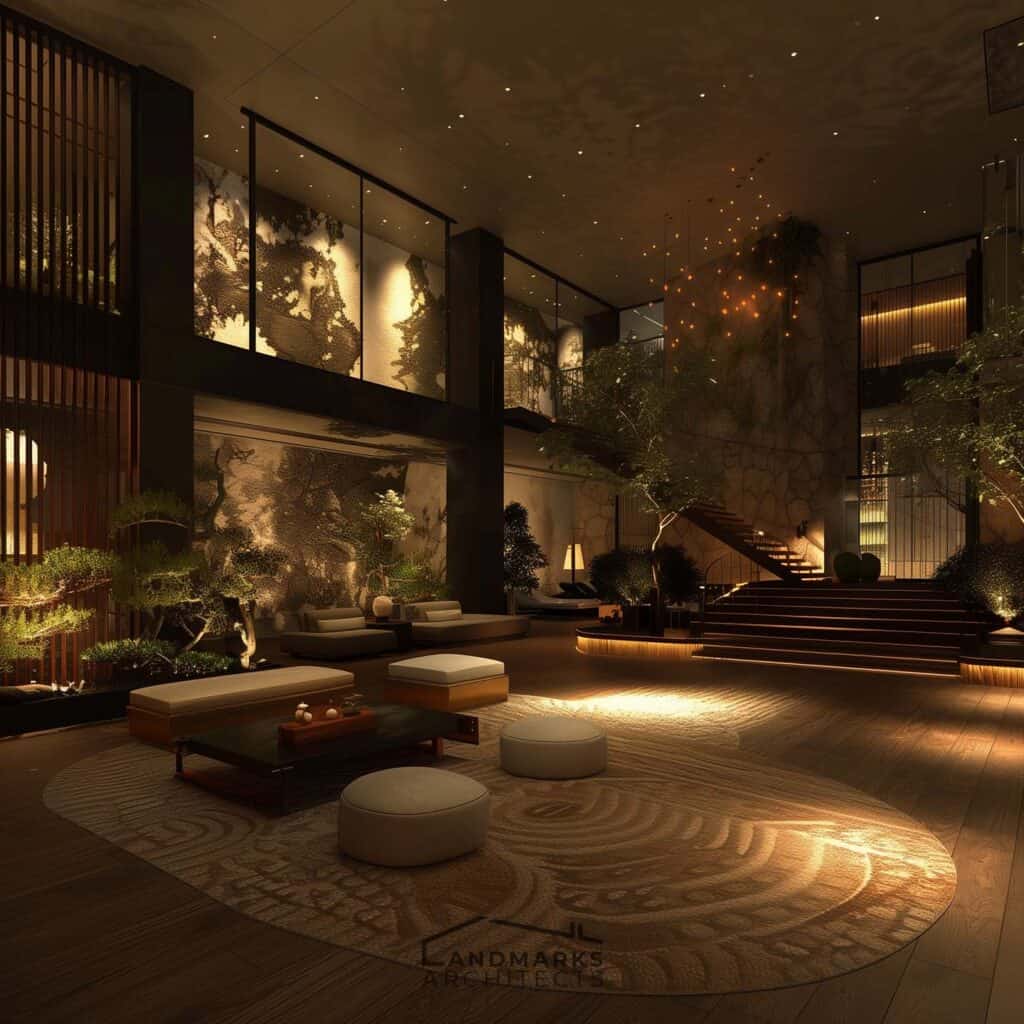
Utilizing cutting-edge technology, interior decorating experts craft enthralling virtual environments, enabling clients to immerse themselves in intricately detailed spaces before any physical construction, thereby fostering informed choices and offering invaluable perspectives. In an era where the lines between the tangible and virtual worlds fade, decorators are presented with a unique chance to explore the domains of creativity and advancement, fashioning environments that captivate, exhilarate, and enhance the lives of those within them.
Concept Design in Interior Architecture: A Recap

In summary, within the domain of the design industry, concept design stands as a testament to the transformative power of creativity and innovation in interior architecture. By prioritizing conceptual thinking and embracing emerging trends, designers have the opportunity to shape a built environment that inspires, delights, and enriches the lives of all who inhabit it.
Designers craft environments that transcend the ordinary by embracing key elements such as harmony, rhythm, balance, and proportion. Through these foundational principles, they elevate the human experience to new heights of beauty and wonder. As we push the boundaries of creativity and innovation, let’s always remember the profound impact that concept design has on the built environment and the lives of its inhabitants.










